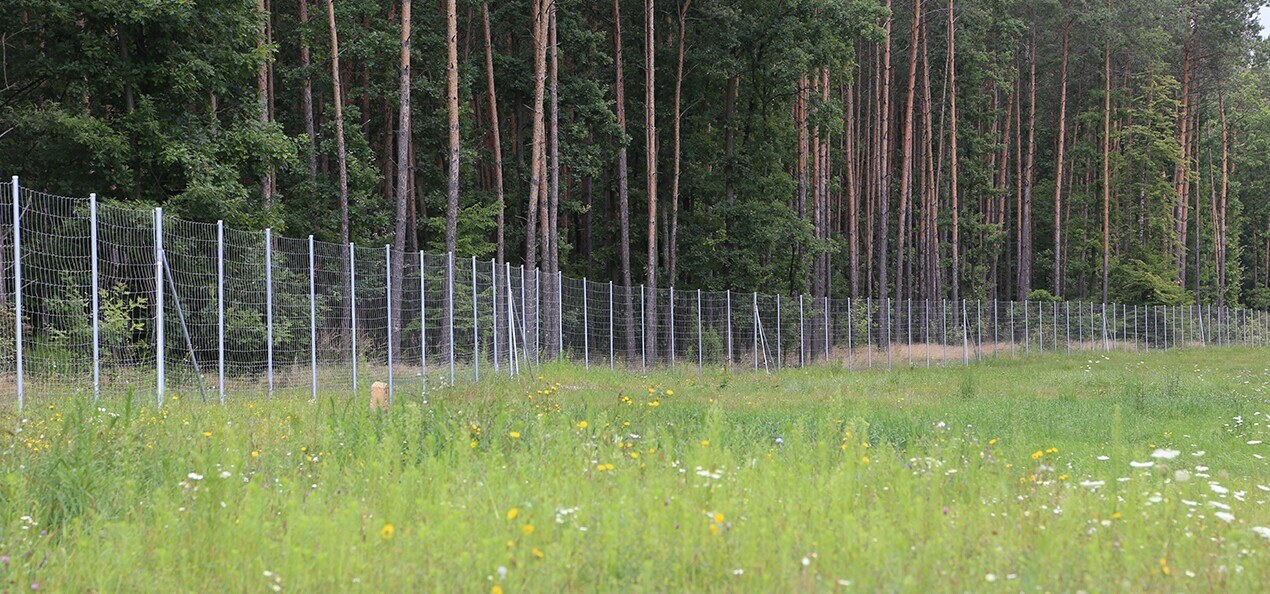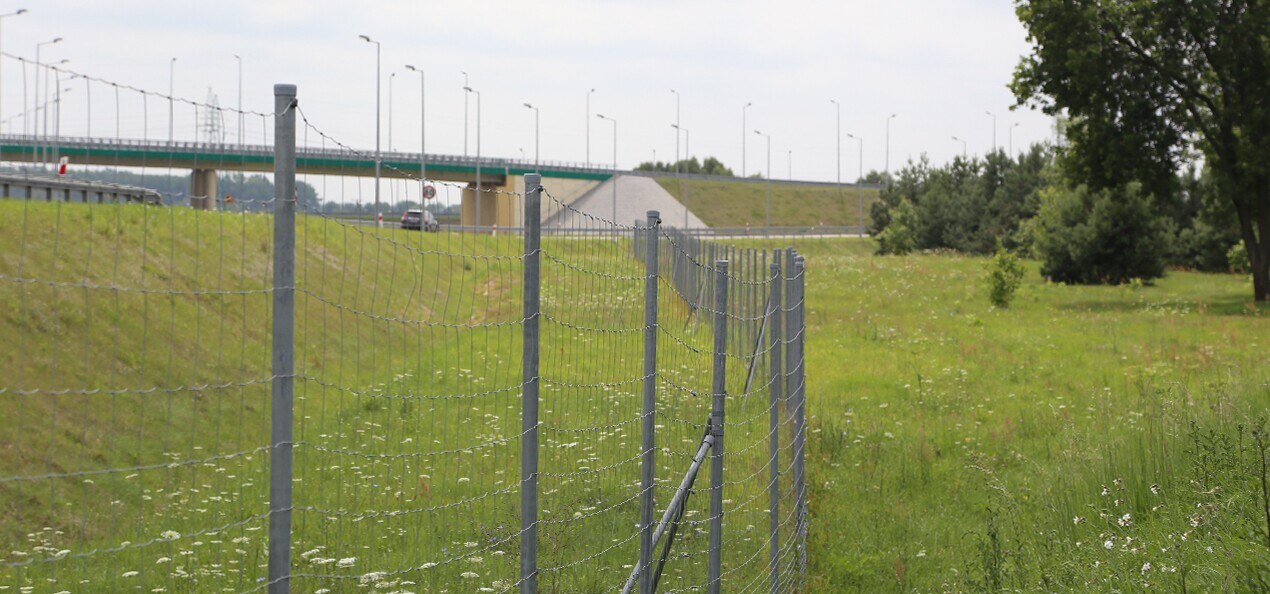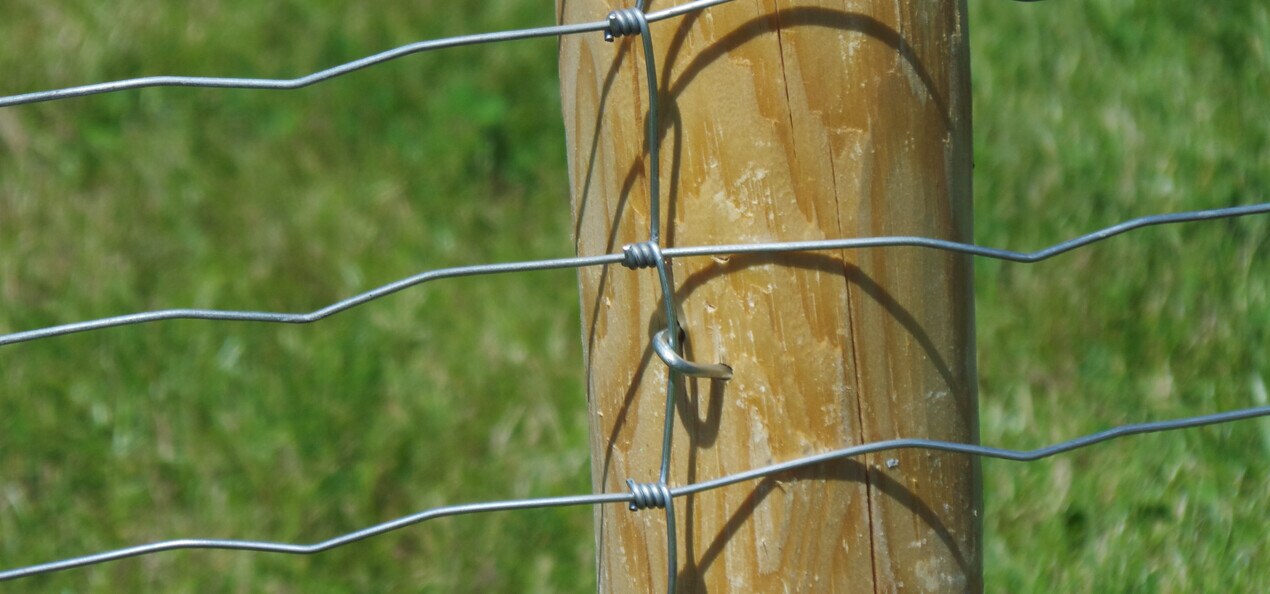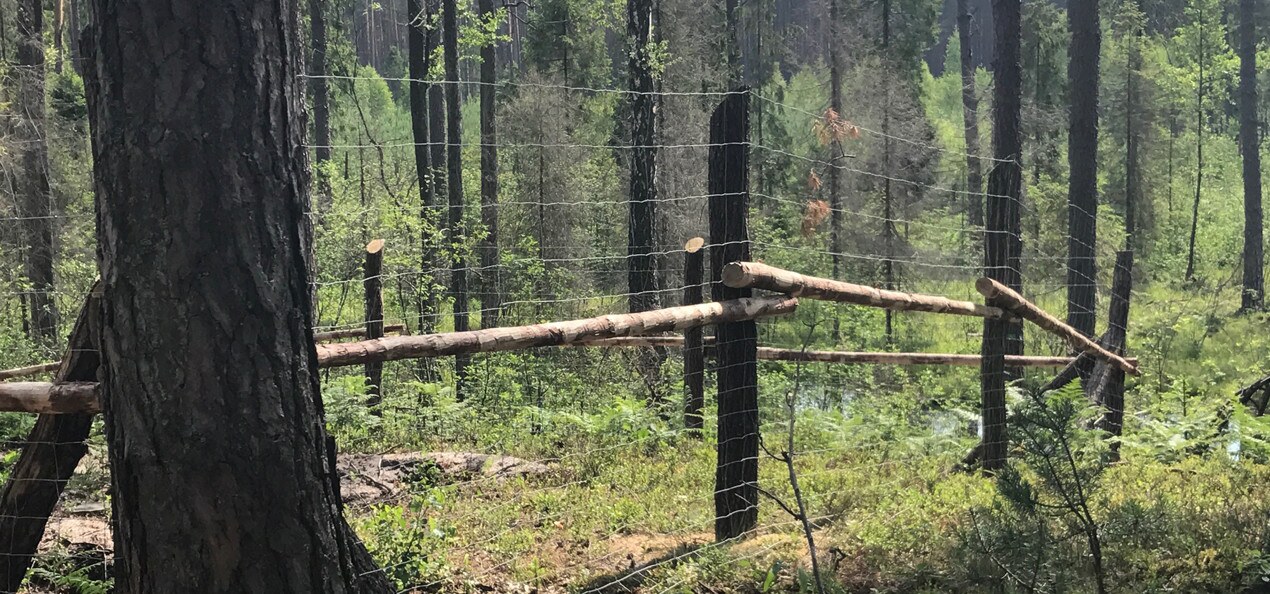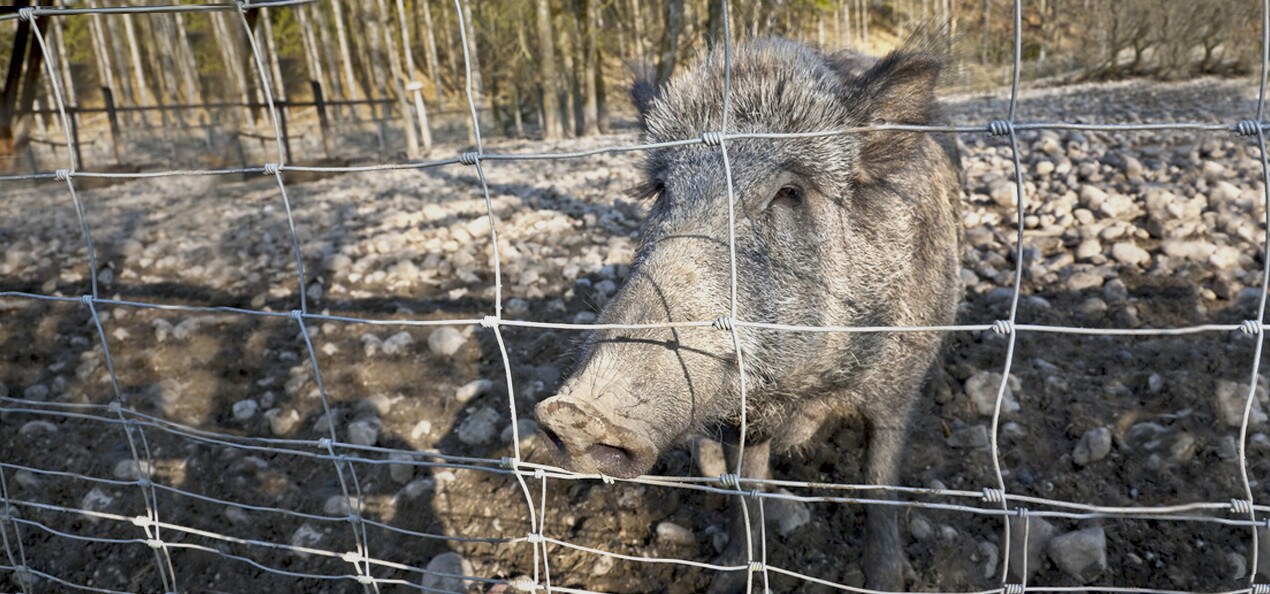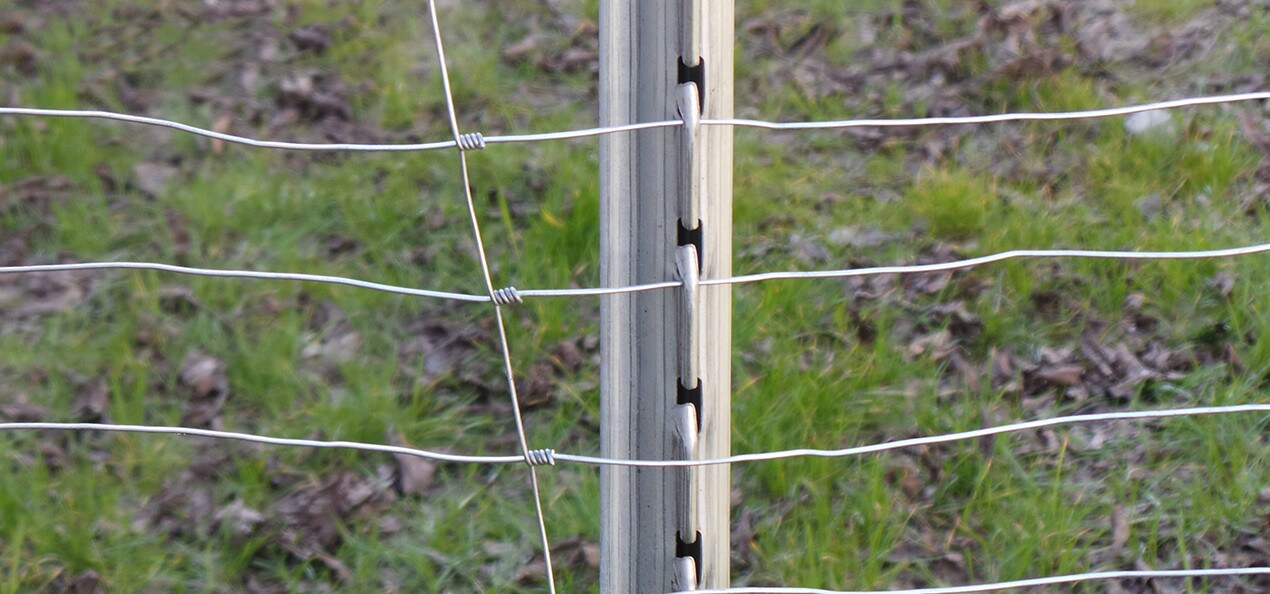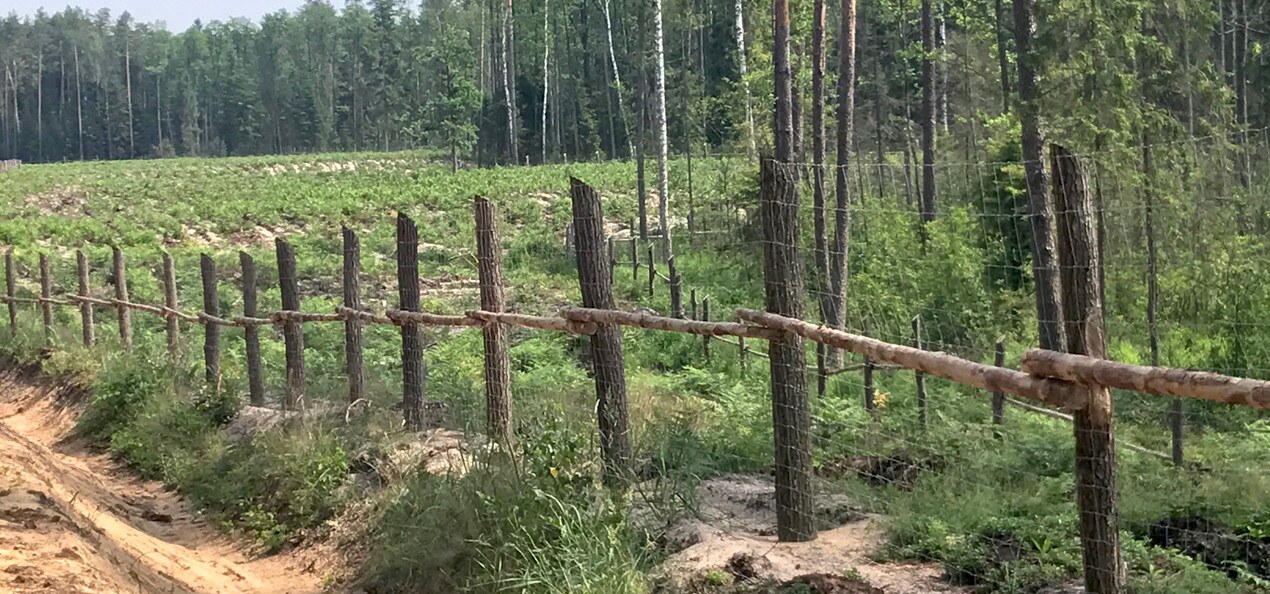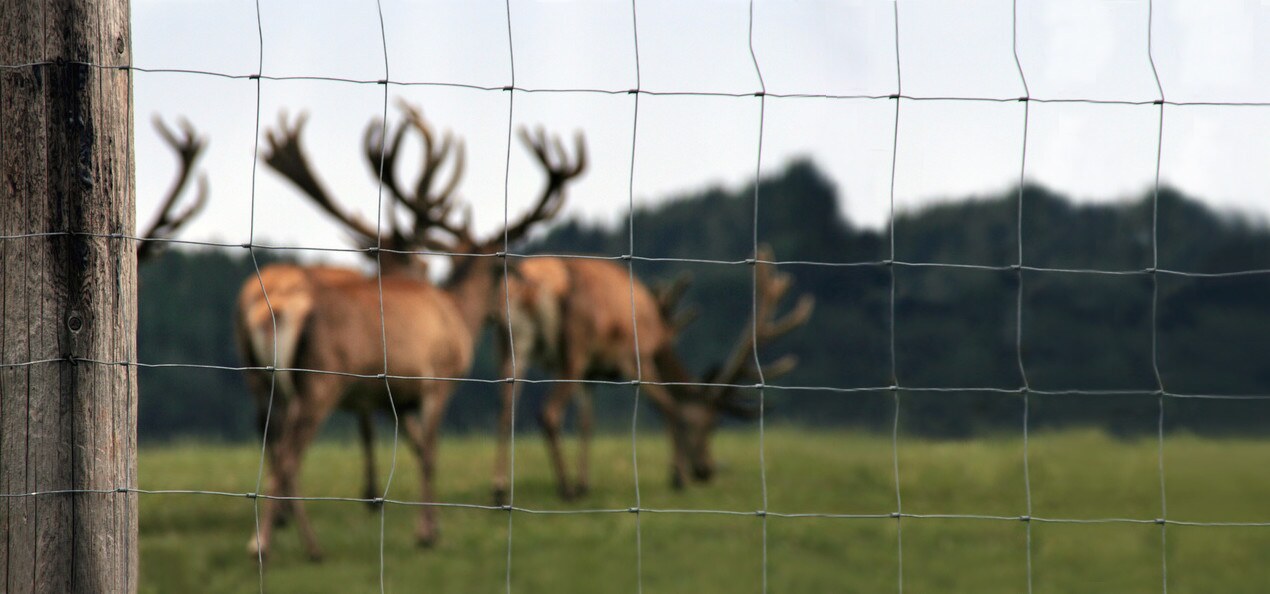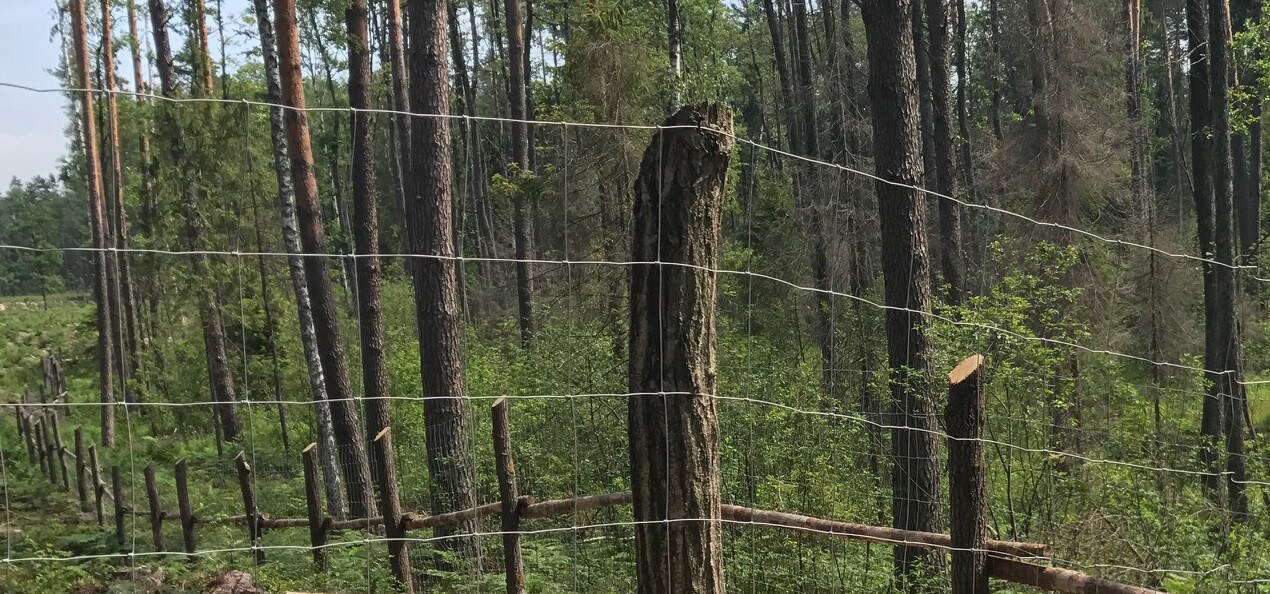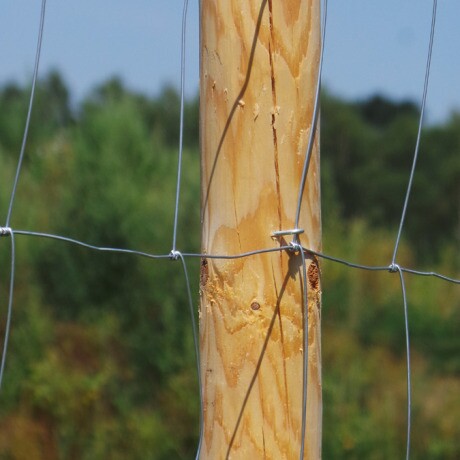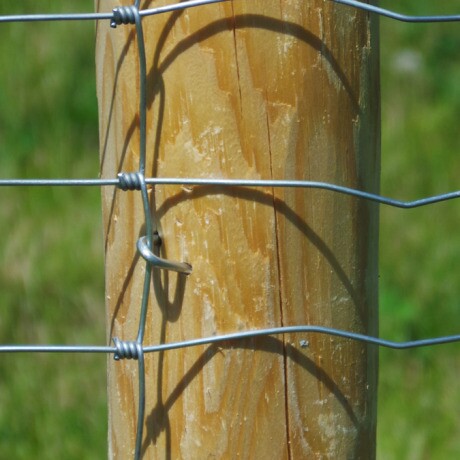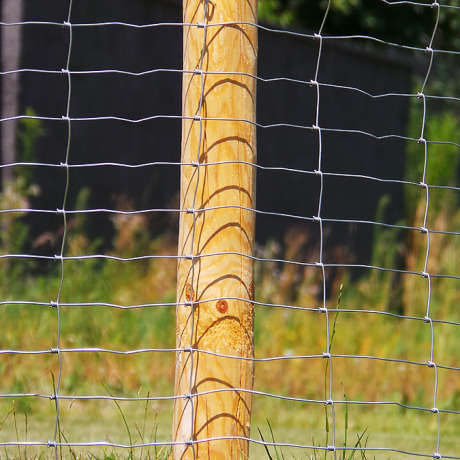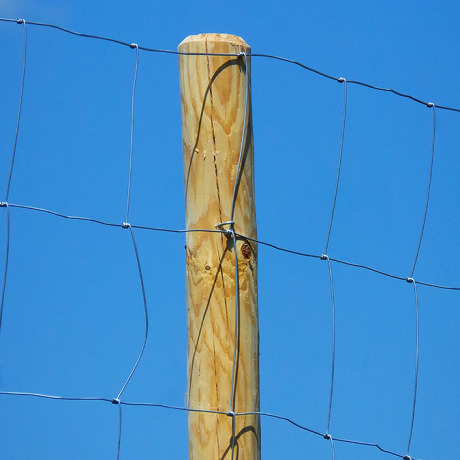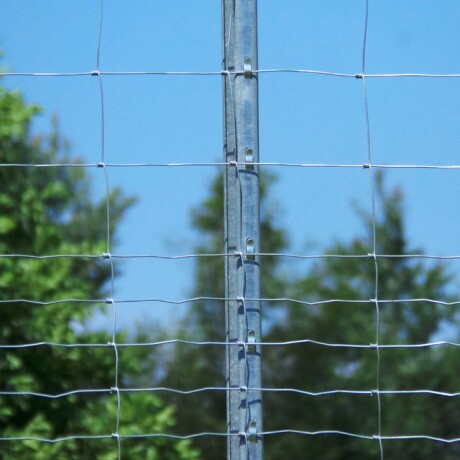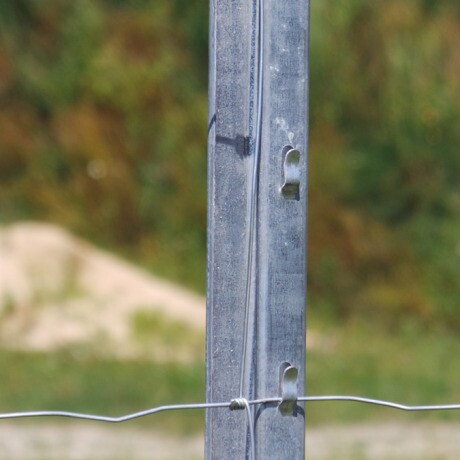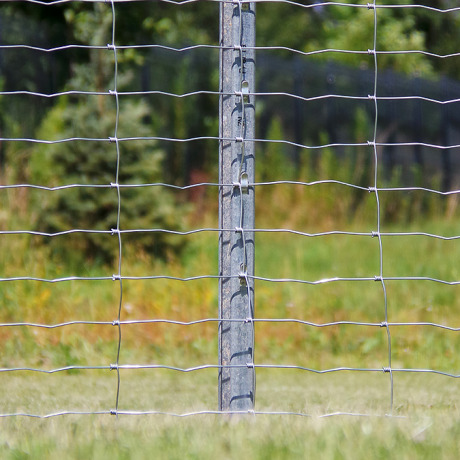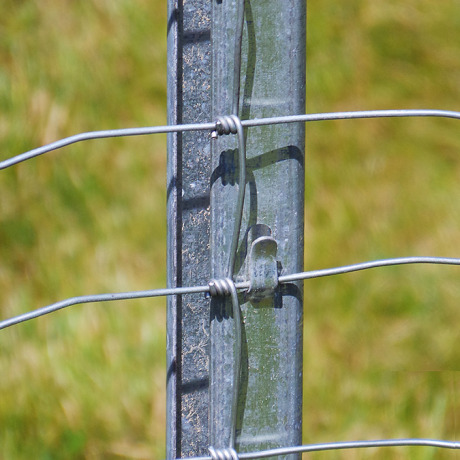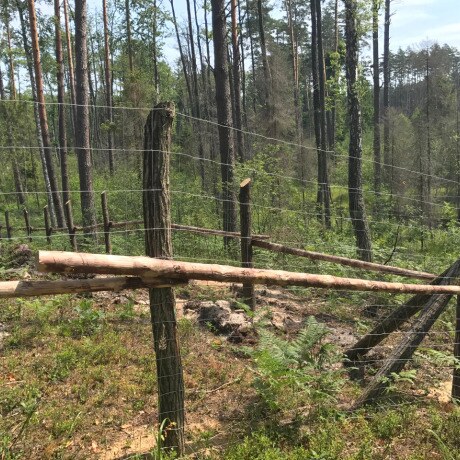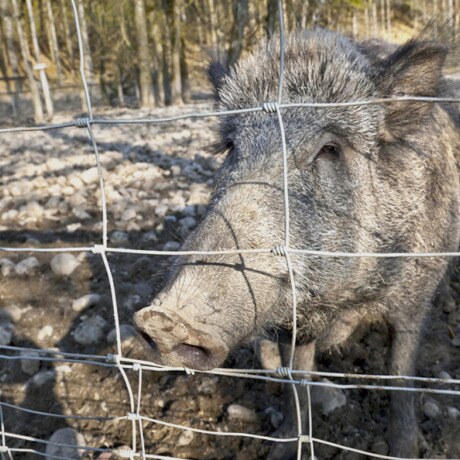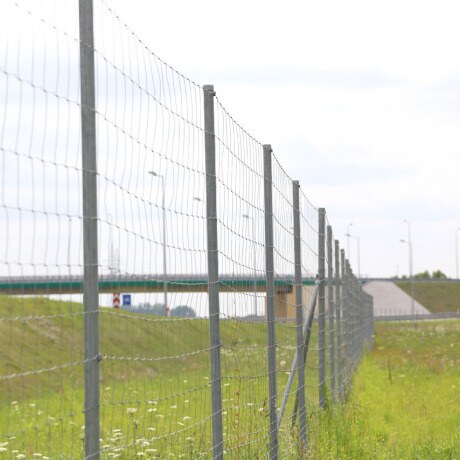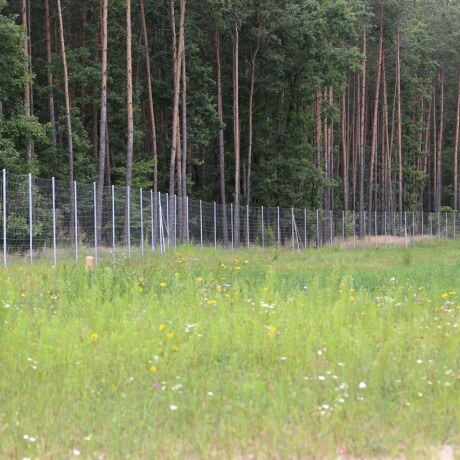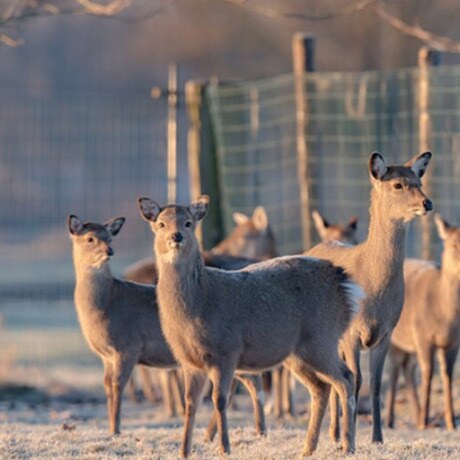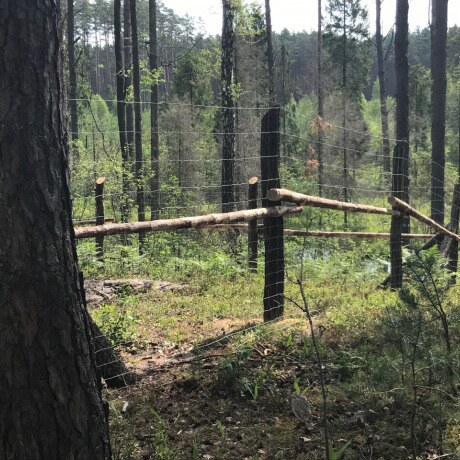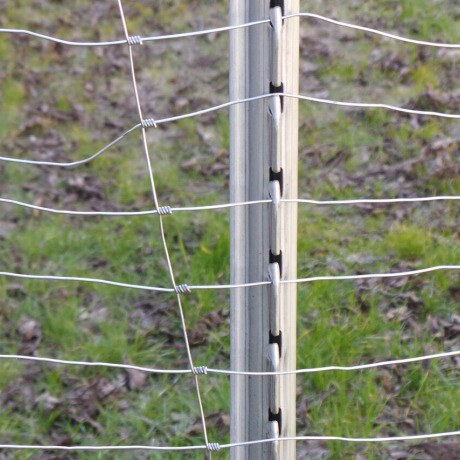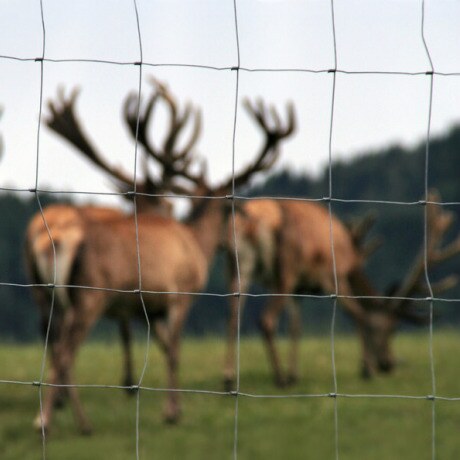Forest and highwayfences
Forest mesh f ences are among the cheapest fences on the market. Simple to install, they enable the area to be fenced off quickly and efficiently. Their primary task is to protect forest and agricultural crops from wild animals. Fences made of forest nettings are also erected around orchards, animal runs, pastures and summer and recreational plots. The type and type of netting should be selected according to the animal species that do the most damage in the area. It is also worth identifying other hazards, such as vandalism or stray dogs. In general, the more dense, higher and sturdier the netting, the more secure it is against animals, thieves and other uninvited guests.
Motorway grids
A special type of forestry nets are motorway nets. Their main purpose is to protect motorways, motorways and railway tracks from wildlife. The intrusion of deer or wild boar could have tragic consequences for both people and animals. To prevent this from happening, strong motorway grids are installed along the motorway. These generally have a thickened mesh at the bottom or an additional mesh with small meshes. This treatment prevents small animals from passing through. We are a well-known manufacturer of motorway nets. Our products protect many roads at home and abroad. We manufacture the nets from thick impact-resistant wires and coat them with a thick layer of zinc. This ensures that they remain durable for many years in the harshest weather conditions.
Ways of installing forestry nets
The foundation and backbone of a forest fence are the support posts. The choice is between classic wooden posts or metal posts. The netting is attached to the wooden posts by means of twists, i.e. nails bent into the letter "U". Steel posts, on the other hand, have special built-in mounting brackets. This makes fastening convenient and fast.
If the netting is to be an ad hoc, temporary protection of the area, wooden posts are the best choice. They are used, most often with L-type forest netting, to build temporary fences. If, on the other hand, we are thinking of fencing for a longer period, it is worth investing in solid metal posts. This type of post is usually combined with strong M-type nets.
Pine wood posts are the most common choice. They are cheap and widely available. Unfortunately, the wood is sensitive to moisture, strong winds and excessive sunlight. However, it is relatively easy to prolong its life. All you need to do is remember to impregnate it properly. This will prevent it from quickly deteriorating, rotting or scarring. You can also consider buying oak or acacia posts. These species have a higher price tag, but are tough and resistant to harsh weather conditions.
When fixing forestry netting to timber posts, pegs will be required. These are U-shaped nails. They are used to fasten the individual parts of the mesh to the posts quickly and effectively.
The second option is steel posts for forest nets. More expensive than wooden ones, but definitely more durable. Made of stainless steel, they guarantee stability and strength. They are resistant to corrosion, as well as to the harmful effects of water and changing temperatures. They have special handles (hooks) to improve assembly. Ideal for the construction of forest fences that are to last for many years.
When installing forest netting on metal posts, good quality mounting wires are also necessary. These are used to connect the mesh to the other elements of the fence.
How to fence with forestry netting?
The construction of a forest netting fence is straightforward, but it is worth thinking through the various stages of the work. An important issue is the correct spacing of the posts. Many people wonder how many metres apart a post should be and how to tension the forest netting correctly? Generally, this type of netting is light, so the posts are spaced between 2 and 5 metres apart. Our optimum and recommended distance between posts is 3 metres. To make it easier for you, here are some tips on how to install the forestry net correctly.
- Site preparation.
The area where the forestry net is to be erected must be levelled and tidied up. The area where the forestry net is to be erected needs to be levelled and tidied up, including removing debris and obstacles such as stones, bushes, branches, trees, etc. The installation of the forestry net itself does not require technical knowledge or special tools. Protective gloves, pliers, cutters and shovels are useful. - Delineation of the fence line.
Place a wooden stake at any extreme corner. At the other corners we drive further stakes. We then stretch the string and tie it to the stakes. The next step is to mark out the holes for the stakes. Many people wonder how densely to place the posts for the forestry net. The optimum distance depends on the terrain, but is usually 3 metres. Starting from any corner post, we therefore drive in further posts every 3 metres. This determines the spacing of the posts. - Fixing the mesh on the supporting posts.
The construction of the fence begins with the erection of the corner posts. These must be reinforced with the so called "braces", i.e. slanting posts. They are inserted at 2/3 of the height of the corner post. The braces stabilise and strengthen the entire structure. Unroll a section from the roll of mesh and fix it with twists or hooks and wires depending on the type of post. - Installation of the mesh on the intermediate posts.
We dig in the intermediate posts on the marked out fence line. We then stretch the rest of the mesh along its length and rest it vertically on the intermediate posts. The next job is to attach the forestry netting to the posts. Keep in mind that the wires must be able to move horizontally. The net must not be fixed rigidly. Otherwise, the mesh may break on the post. The individual rolls are connected together using horizontal wires. - Safety and thoroughness.
Care must be taken during the work. Particular attention should be paid to the ends of the horizontal wires. Protruding pieces should be bent immediately after installation. We must also remember to carry out all work carefully and accurately. A correctly installed mesh looks aesthetically pleasing and performs its function for a long time.
BOLTS AND OTHER ACCESSORIES FOR FORESTRY NETS
The basic elements of a forest mesh fence include the mesh itself and the wooden or steel posts. However, the assembly of the structure would not be possible without supplementary accessories.
When thinking about the construction of a forest mesh fence, one must not forget about the stays. The main function of braces is to stabilise the corner posts. Placed diagonally, they stiffen the vertically erected posts. In addition, auxiliary accessories are also available. These are not indispensable, although they do help to achieve optimum net tension. These include:
- tensioners for the net,
- additional tension,
- tension wires,
- supporting profiles,
- metal bands.
In summary, the installation of forest netting does not require the use of machinery or specialised tools. Several components and accessories are used during the work. Some of them are essential, while others make the construction of the fence easier and faster.

